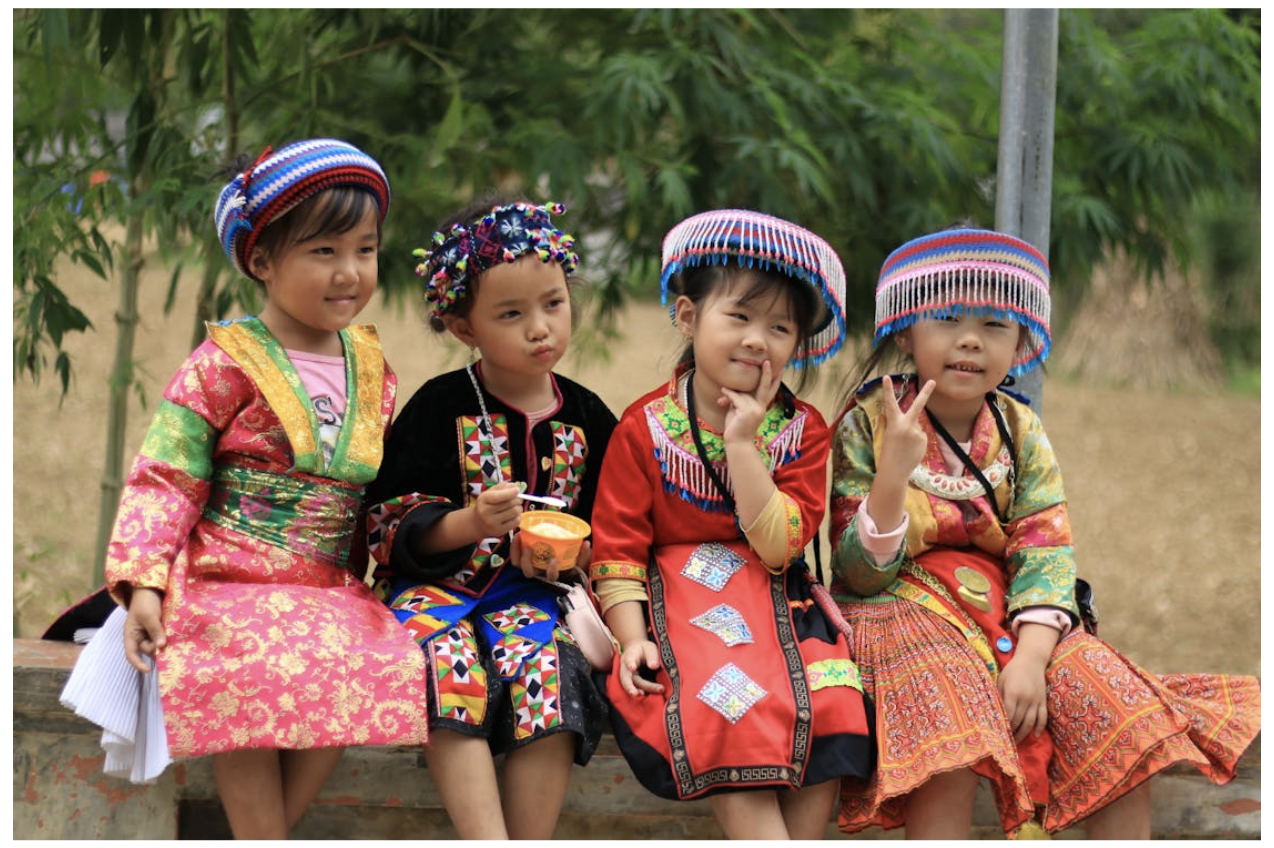Colorful Kids’ Clothes: Can They Really Affect Your Child’s Mood?

The minimalist aesthetic is the rave. New parents now crave that classy, laid-back vibe that screams ‘stylish but effortlessly cool.’ Sure, if you want to see colors now, you might as well head to Disneyland.
So, dressing your little one can feel like a high-stakes game. A princess dress with layers of rainbow hues or the adorable polka dot dress? Colorful bear slides for kids or a random beige sneaker? Decisions, decisions.
But, have you ever wondered if these colorful clothes can affect their mood? Is there a downside to this monochromatic wave that has swept the fashion scene? In this article, we’ll examine color psychology and see if these colors can bring a little extra joy into your child's life.
The Relationship Between Color and Mood
Ever wondered why children’s classrooms, hospital wards, and creche spaces get filled with colors in different shapes and sizes? Turns out colors are more than just eye candy for kids.
Research from the University of British Columbia found that students in colorful classrooms performed better on tests, with different colors impacting their attention to detail and creative capacity.
Also, babies respond to colors more as their senses develop. More studies also show that colors can trigger different responses in the brain. This influences everything from how calm one feels to how much confidence one exudes.
How Does Color Affect Your Child’s Mood?
Colors emit a wavelength of energy. Different colors have varying wavelengths, which trigger different responses in your child’s behavior or mood.
There’s a part of the brain called the hypothalamus. It controls the nerve center in the body. See it as the engine room of a ship. Any change in this room affects the entire vessel, determining its direction, speed, and overall functionality.
Just like a ship relies on its engine room to navigate the seas, the body depends on the hypothalamus to respond to various internal and external stimuli. As the light conveys the color wavelength to the hypothalamus, it brings about changes in heart and respiratory rates. This consequently affects your child’s attention, emotional, and energy levels.
Evidently, colors have psychological effects that can affect emotions and behaviors. Here’s a rundown on how different hues can affect your child’s mood and learning ability:
-
Red
Red boosts energy levels and can make your child feel more active. In the University of British Columbia study, red was the color that helped the study participants improve their attention to detail. So, if you want your child to excel in detail-oriented tasks or one that is repetitive, choosing red is the way to go.
-
Yellow
After days of gloomy weather, that small crack of yellow sunshine might be all you need to have a great day. Yellow exudes positivity and happiness. It’s bright, cheerful, and can lift spirits, making it ideal for stimulating environments like study rooms.
-
Blue
When you see blue, it’s not difficult to picture some cool pool in Santorini that’s a perfect picture of relaxation for you. Likewise, the color blue impacts a feeling of calmness and serenity on your child. It can also help reduce anxiety, promote creativity, and create a sense of trust and security.
-
Green
Nature is soothing and refreshing. This is what the color green delivers. It can help exert a calming effect on children, improve their concentration, and balance moods.
-
Pink
As a secondary color, pink pulls its weight as a color that creates a comforting and nurturing environment. Pink is linked with warmth and care.
-
Purple
Think royalty, think purple. Purple is the color you choose when you want your child to look luxurious and sophisticated. It is also associated with creativity.
Bottom Line – Incorporating These Colors in Your Child’s Everyday Clothes
Empower your child with a wardrobe full of colorful options. In the mornings, you can dress your child in vibrant yellows or energetic reds to kickstart their day with a burst of positivity.
If your child is anxious about a big test or a new activity, opt for calming blues and greens to help them feel more at ease. Stimulate creativity with blue and enhance focus with red. Don’t be afraid to combine these colors in playful patterns and multi-colored outfits.






